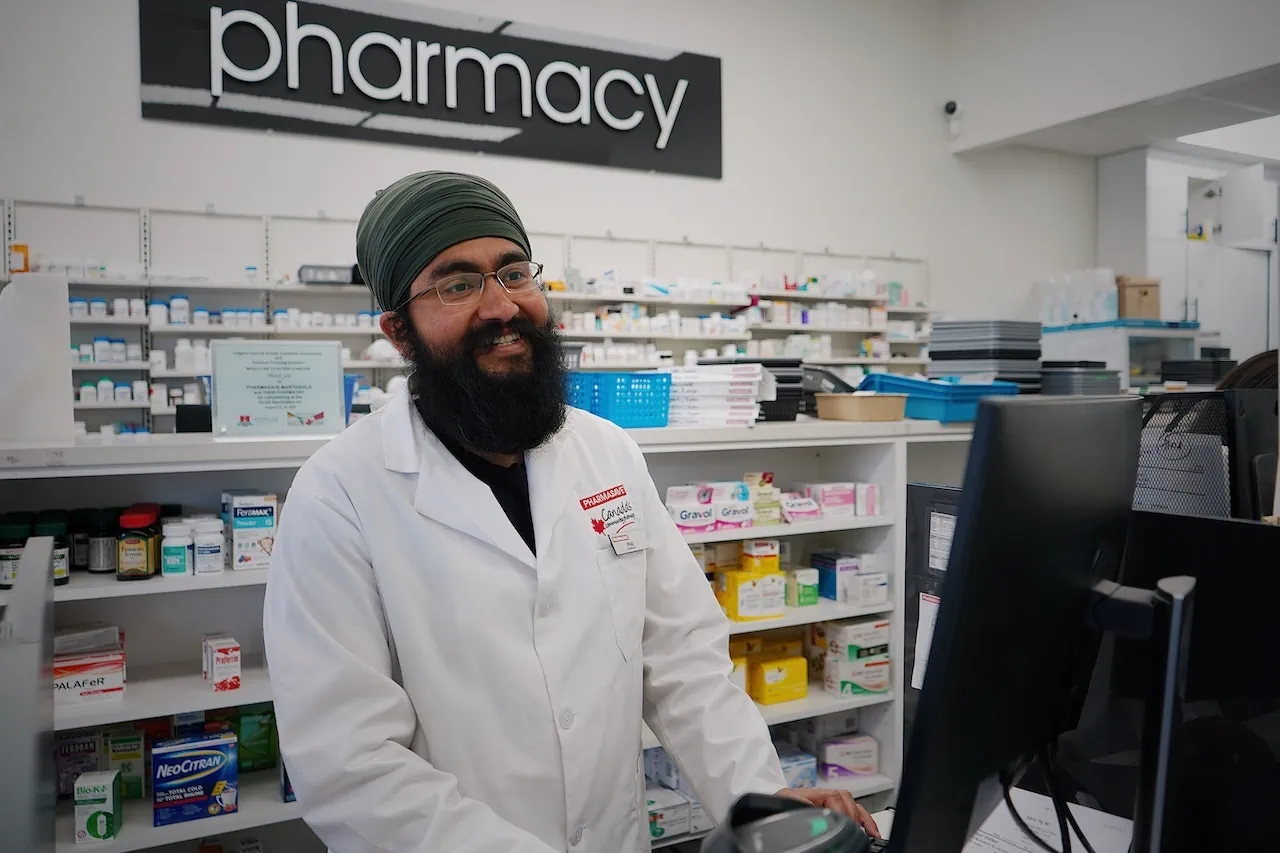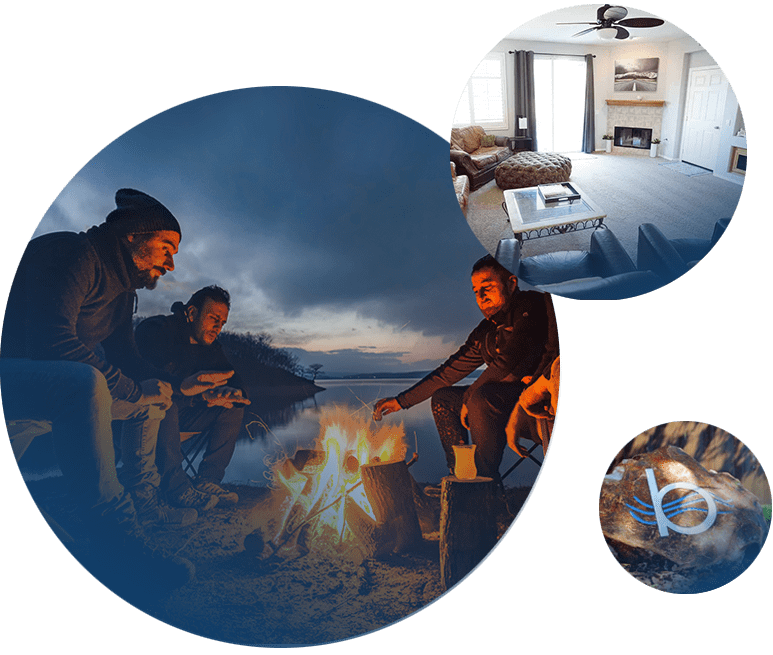


The FDA recently approved a new OTC form of naloxone nasal spray, meant to be available for people to purchase via dispensers and other less conspicuous places without the input of medical professionals. Naloxone is an opioid overdose reversal drug available by prescription and over the counter in certain states. In most localities, a user must take a training class to administer the lifesaving drug. Much debate surrounded removing the training requirements. For the FDA, the discussion centered not on using naloxone but on the importance of fine-tuning its instructions.
At a meeting involving the Nonprescription Drug Advisory Committee and Anesthetic and Analgesic Drug Products Advisory Committee, pharmaceutical giant Emergent BioSolutions presented data and newly developed labeling for an OTC form of its nasal naloxone spray. (Typically, people who are prescribed naloxone have to take a short training class or meet other requirements.)
New instructions were written to help people without healthcare training in emergency treatment. Still, FDA reviewers cited various issues, ranging from user errors like dialing 911 first (rather than administering a dose) to the possibility that each blister packaging may need to contain instructions should users discard the box.
The FDA will work closely with manufacturers to ensure the design is simple and effective for people who have never used it before. "The design of the entire user interface plays an important role in how effective the product is at reversing opioid-induced respiratory depression and preventing death and other serious outcomes," they wrote briefly before the meeting.
The FDA Committees issue opinions to the FDA, which are usually respected in final decisions. While OTC Naloxone is likely soon to be approved, there will still be barriers to access, such as cost and locality.
Naloxone (brand name Narcan) is a medication used to reverse opioid overdose rapidly. It works by blocking the effects of opioids in the brain and can quickly restore normal breathing in someone who overdosed on opioids. Narcan is typically administered by emergency medical personnel, but in recent years, some jurisdictions have made it available over the counter, meaning that anyone can purchase it without a prescription.
The benefits of Narcan being available over the counter include:
While Narcan can be a lifesaving medication, it is not a substitute for long-term treatment and support for opioid addiction. Most people need additional medical help after an overdose.
If you or someone you know is struggling with opioid addiction, seeking professional help and support is important.
If you or a loved one is looking for safe, stable housing as you continue your recovery, sober housing may be your best next step. Learn more about what we can offer by giving us a call.
Recently, a new law was added to the California books that requires public schools to keep a steady supply of Narcan, also known as Naloxone, in their emergency supplies. The opioid overdose reversal drug has become a vital public health tool as the drug supply has been inundated with fentanyl. However, schools aren’t the only way that Narcan has saved lives. People who don’t use opioids but live in California have begun to take the harm-reducing measure into their own hands. Several community members spoke recently to the LA Times to describe how they have helped save lives by carrying it on them when they’re out in their communities.
Naloxone, known chiefly by its brand name, Narcan, is an opioid-overdose reversal tool approved by the FDA. People who want to carry Naloxone on hand or keep it in their homes face few barriers thanks to California legislation.
The Department of Health Services in your county will be able to distribute fentanyl to people who want to carry it. LA County has made it a mission to hand out 50,000 doses in a year, including people living in encampments uniquely positioned to save drug-using peers.
People who don’t use drugs are still often in a position to save lives. Family members often come across an unconscious relative and try to administer CPR. Naloxone is the only thing that can reverse the effects of an overdose. Many parents and spouses of addicted persons now keep Naloxone in their homes in case of emergency.
Fentanyl has caused an uptick in deaths for Californians in the past three years. It's been found as an additive in almost every type of street drug. In 2021, 625 people died of an overdose in San Francisco, an uptick of 41%. So many people in the community see carrying Narcan as a way to help others stay alive long enough to find recovery. EMTs, people in recovery from addiction, and other empathetic people have revived overdose victims and helped them stay alive.
Narcan is just one tool to help fight the fentanyl epidemic. However, it’s a powerful one – saving a life is a priceless task. Once a person has been revived, they still need medical attention. Most likely, they will be given drug treatment options when in the ER. Some of them will take the chance and decide to get sober. Others will take a little longer.
Treatment centers and sober living homes in California stock Narcan as a preventative measure.
When a person is still alive and breathing, the chance for recovery is always there.
If you are looking for a safe and vibrant recovery housing option, look no further! We offer structured living and independence, helping people build a new life in recovery. Learn more about how our community and homes can help you continue your journey in life. Call us at 760-216-2077 to explore your options.
Coping with the youth fentanyl overdose crisis has been scary. California has experienced a flurry of fentanyl-related overdoses within high schools. The dangers are real enough tschoolshool are going to be required to keep Naloxone, the opioid reversal drug, on hand by law. This new law aims to tackle the epidemic of fentanyl overdoses.
California recently passed Assembly Bill 19, requiring schools to keep the lifesaving drug naloxone on hand in case of accidental fentanyl overdoses. Unfortunately, high schools around the country have been experiencing this. In October, a student overdosed at a Los Angeles school during regular class hours. A few weeks later, Prince George's County, across the US, Maryland suffered a string of overdoses in public high schools.
California, in its quest to slow and end the opioid epidemic, is trying to tackle every angle. The new law would require schools in California to have at least two doses of emergency drugs such as a naloxone inhaler or canister. However, two doses may not be enough if a student overdoses on pure fentanyl. Most students who have overdosed don't even realize that their drug could be tainted, and their bodies can't handle
Fentanyl has been found in all street drugs, from cocaine and meth to Oxy and heroin. However, prevention of overdoses starts with education, and there seems to be a deficit when it comes to kids understanding the dangers of tainted street drugs.
No one wants to think of schools as a place where young possessing drugs. But that has always been the reality, regardless of the measures schools and local law enforcement take to prevent it. Many students who overdose don't know what they are taking- California is flush with fentanyl and counterfeit pills.
Schools are a place where drug education and mitigation can take place. But they are also where kids sell and swap drugs in their spare time. Adding naloxone to schools to prevent overdoses was a bipartisan measure with little opposition. The issue will come down to funding and costs. Fentanyl can be costly to keep in stock.
California has had trouble funding other programs that help with opioid use disorder. There have been wait lists for supplies of naloxone, an opioid-overdose reversal drug that can help save lives. It's recommended that anyone who uses opioids or takes them regularly should keep a supply of Naloxone on hand in case of accidental overdose. This means that schools will havesavekeep a steady supply and money will be needed.
Fentanyl is a threat to all high schools and junior high schools. Young people frequently experiment with drugs without knowing the hazards. Naloxone will be required on all of the more than 10,000 K-12 campuses in California once the bill is signed into law. Implementation would begin with middle and high schools.
Some larger school districts in Los Angeles, Sacramento, and Fresno already stock naloxone, but for the plan to succeed, the state must fund the initiative. Naloxone can be expensive, especially when it needs restocking.
Legislators also want to be able to offer schools naloxone training, opioid abuse education, and fentanyl education. Many young people don't know about the dangers of street drugs when it comes to fentanyl. Adding education to student health classes can help save lives.
If you or somebody you love is interested in sober housing, we're here to help. We offer a safe, tight-knit community focused on recovery and moving forward in life. Give us a call to learn more about our sober living programs at 760-216-2077.
The new face of addiction is no longer the cliche brown bag holding homeless adult. Its in the suburbs, in college forms and in the comfort of a family home. As the stigma of substance use disorders begins to be a part of the vocabulary of community, the shock of overdoses will continue to cause intimidation and fear from agencies towards an education and preventive task. Cities such as New York seem to be leading the way in Narcan training (naloxone), placing power in non medical and lay responders to avoid overdoses all together. The shift from finding the fault to understanding the nature is the big first step.
http://www.9news.com/story/news/health/2015/08/11/heroin-addiction-colorado/31508123/
